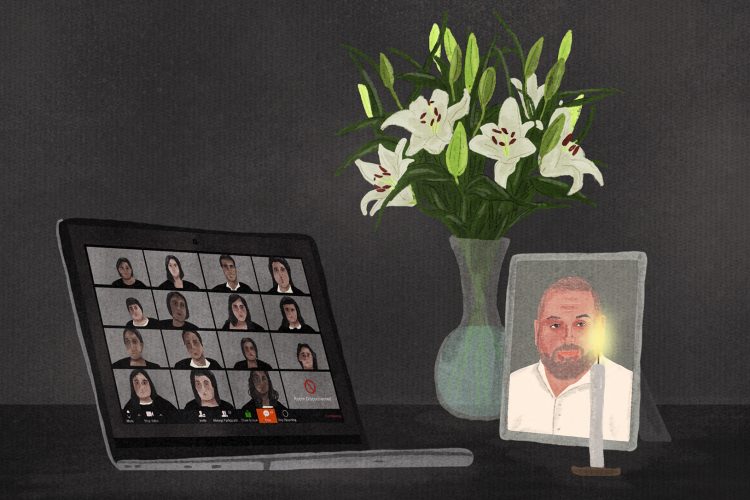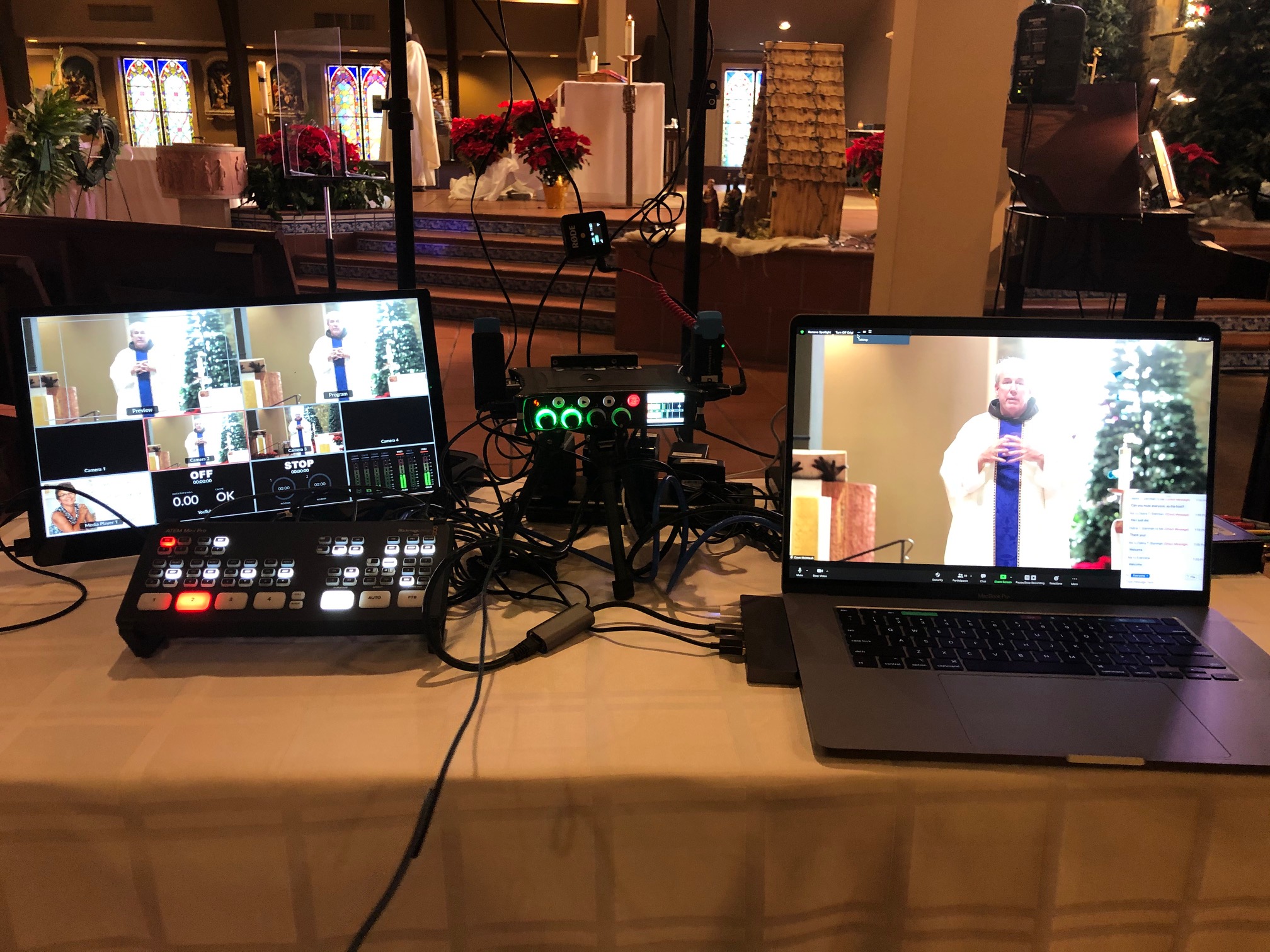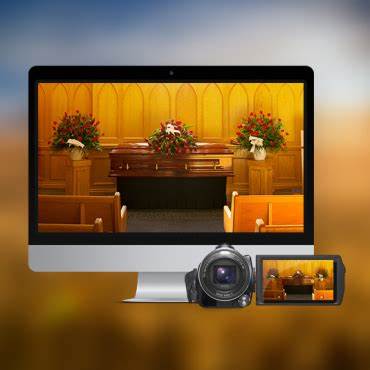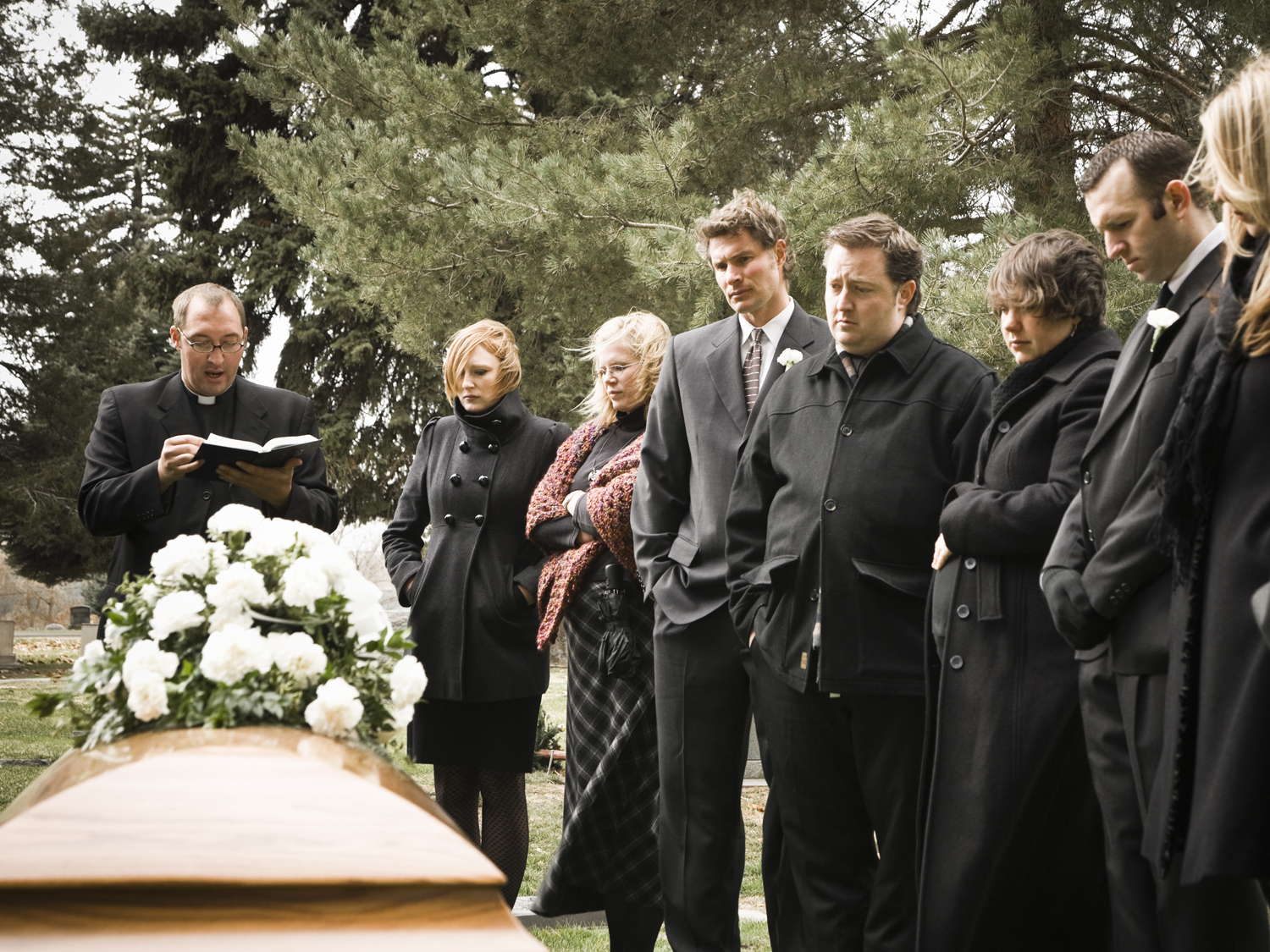In the wake of the Coronavirus pandemic, adaptability and creativity have become paramount in maintaining connections with our dear ones. This holds true across various aspects of life, including the solemn task of organizing funerals or life celebrations.
As funeral directors have embraced the necessity to innovate, virtual funeral services have gained acceptance, offering a means for people, regardless of their location, to partake in the farewell of the departed.

Reasons to Consider a Live Stream for Funerals:
- Distance: Geographic constraints should not prevent anyone from participating in a loved one’s final send-off. Live streaming offers a bridge over vast distances.
- Urgency: Cultural practices may necessitate swift burials, sometimes within a day, making it challenging for distant relatives to arrive in time. Live streaming can be a considerate solution.
- Health Concerns: The pandemic has underscored the importance of staying home when unwell. Virtual attendance via webcam can be a safe alternative.
- Travel Limitations: Various circumstances may impede one’s ability to travel. Virtual memorials can offer solace and a sense of closure.
- Public Figures: Celebrities often opt for live-streamed services, allowing fans to partake in their mourning.
- Archiving: A live stream not only facilitates real-time viewing but also provides a recorded legacy of shared moments.
- Cost Efficiency: Opting for a virtual service can significantly reduce expenses related to venue hire, catering, and travel.
Necessary equipment in funeral live:
To conduct a livestream, particularly for an event like a funeral, you don’t need overly complex equipment. Here’s a simplified list of the essentials:
- Internet Connection: A stable and high-bandwidth wifi connection is crucial to ensure an uninterrupted live stream.
- Camera: To get a better quality live stream, you’ll need a professional camera. Opt for a high-resolution, professional live streaming camera that provides clear visuals and sound, and allows direct access to streaming platforms for a more polished presentation.
- Microphone: Since audio clarity is vital during a funeral, where speeches and eulogies hold deep significance, using a Lavalier microphone or attaching one to your streaming device can significantly enhance the audio quality.
- Camera Operator: To capture the event comprehensively, it’s advisable to have a dedicated person operating the camera, although having a tripod is also beneficial.
If you have any problem of setting up your devices, you are free to check this blog about live streaming a funeral with NearStream VM33.

Decide on Live Streaming Platforms:
Decide on your method of sharing the event, whether it’s a live feed or a recorded video to be distributed later.
- Zoom: Zoom meetings allow you to control access by invitation, ensuring privacy. Participants can use the chat feature to comment and view the service along with other virtual attendees.
- Facebook Live: Setting up a Facebook Live event is straightforward. You can create a page for viewers to join, and it’s free. Viewers can watch and listen to the stream, comment, and send emojis. You have the option to make the livestream public or private.
- YouTube Live: With a YouTube or Google account, you can stream a funeral service using a webcam, DSLR camera, smartphone, or a personal computer connected via HDMI connection. You can set your livestream to private and invite guests via email or a link, ensuring no unwanted visitors. For a detailed guide on YouTube Live, you can refer to specific instructional posts.
- Other Options: For more information, you can check this comprehensive guide on choosing the right platform for live streaming.

Setting Up on the Day of the Service:
On the day of the service, get there an hour or so early. Here are some Steps to Livestream a Funeral:
- Schedule the event on your chosen platform.
- Invite attendees and enable RSVP for notifications.
- Create a pinned message to honor the deceased or thank remote viewers.
- Test WiFi and mobile data speeds early; use the best option.
- Mount your device on a tripod and open the streaming app.
- Conduct a test stream to ensure quality.
- Start streaming a few minutes early to address any issues.
Remember to:
1. Obtaining Attendees' Consent
It’s essential to respect differing opinions on the appropriateness of cameras at funerals. Some might object to filming open caskets or grieving attendees. Seeking consensus from immediate family members is advisable.
Pre-planning your funeral allows you to express your preferences regarding live streaming, music selection, and venue choice.
2. Connect with Your Family:
Provide simple instructions so family and friends know where the live stream is happening. Give people a specific time and platform that they can use to view the services. Not only do you need to set up equipment for capturing the services through a video feed, but participants need to use digital tools to view the streaming feed. If needed, you can share an online tutorial to help older generations learn how to use the streaming service.

Conclusion:
Finally, please remember that there is no one correct way to hold a funeral, nor is there a ‘best outcome’. As long as it meets your needs and achieves the goal of remembrance, it is worthwhile. Technology does not hinder human emotions; rather, it serves humanity’s needs when used appropriately.
The NearStream VM33 is an all-in-one wireless live streaming multicam with an optical lens, perfect for streamers seeking a second camera or for recording entire church, wedding, sports, conference, online meetings, or any live events.






















